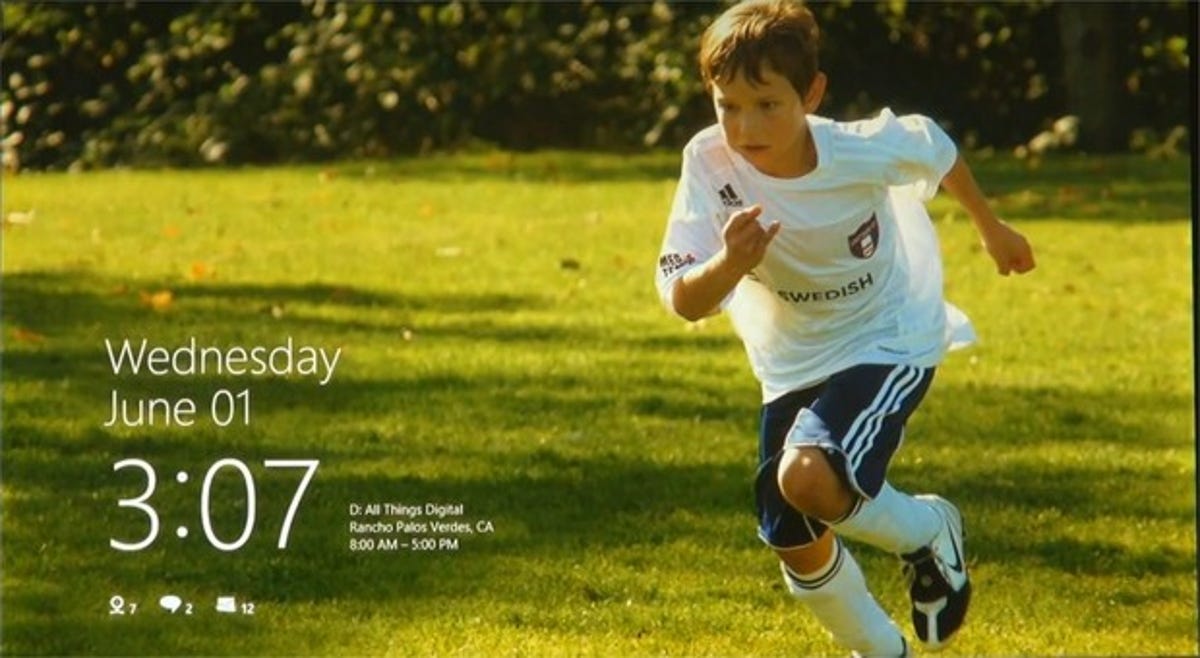Windows 8 photo gallery walks you through the new Windows interface
Join us on a journey of visual exploration as we guide you through Microsoft's new Windows 8 operating system. It's a radical design overhaul that borrows heavily from Windows Phone.

We've already had our first taste of Windows 8 -- Microsoft's all-new operating system for touchscreen tablets and desktop computers. The software mega-corp's been showing the new OS off at Computex in Taiwan, so we figured we'd talk you through the most important new features.
Click through the photos above to check out some screenshots -- that up there at the front of the queue is the new lock screen, for instance.
Here's the skinny: Windows 8 is essentially a large-scale version of Windows Phone, the slick and colourful OS Microsoft built for mobile phones.
Gone is the Start button, along with the taskbar and the traditional desktop (wave goodbye to the rolling hills of Bliss) -- all replaced by mobile-style homescreens, which you scroll through with a swipe of the finger, or if you're using a keyboard, the page up and page down keys move you around.
Every tile is a widget that displays information, in a similar way to Android. A tile could cycle through photos, for example, or show your newest emails or your Twitter or Facebook feeds, without having to open those apps to see what's going on (as you do in iOS). Click on a tile and the app will open, running in fullscreen, without a system tray or window pane.
One interesting feature is a new style of on-screen keyboard, where the keys are split into two separate grids, placed to the left and right of the touchscreen, within easy reach of your thumbs.
Microsoft's said that every program and peripheral that currently works with the Windows platform will work with Windows 8, though in the video demos we've seen we'll admit it feels quite jarring to see the classic Windows Explorer and Microsoft Word windows popping up, Start button and all.
While we like the look and feel of WP it's not been particularly popular -- facing stiff competition from Google's Android and Apple's iOS platforms. But Microsoft could have more luck pitching its patchwork widgets at tablet devices and desktop machines. On the other hand, this interface could potentially be more restrictive than current editions of Windows -- sacrificing freedom and customisability for simplicity.

